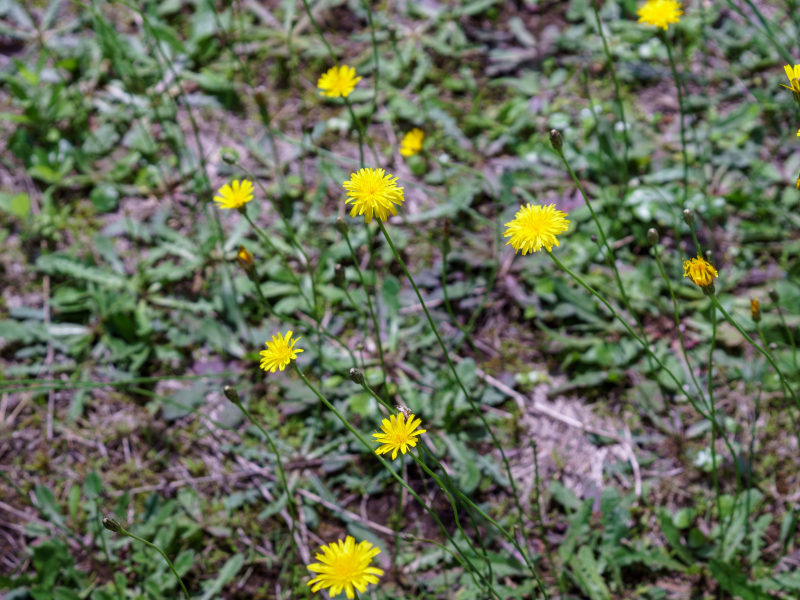フィールド日記

2025.07.25
イヌゴマ

2025.07.22
ジュウモンジシダ
ジュウモンジシダが見られます。やや湿った林床などに生える夏緑性(暖地では常緑性)のシダ植物です。和名は、一番根元の羽片が大きくなり、全体が十文字形となることに由来します。
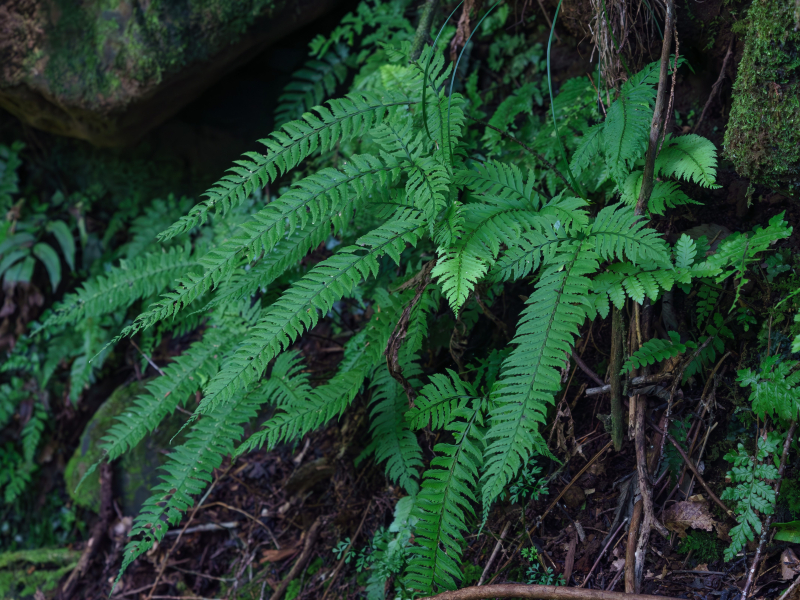
2025.07.18
ハグロソウ
ハグロソウが咲いています。林縁などに生えるキツネノマゴ科の多年草です。和名は葉黒草の意味で、葉が黒みを帯びた緑色であることに由来するといわれています。
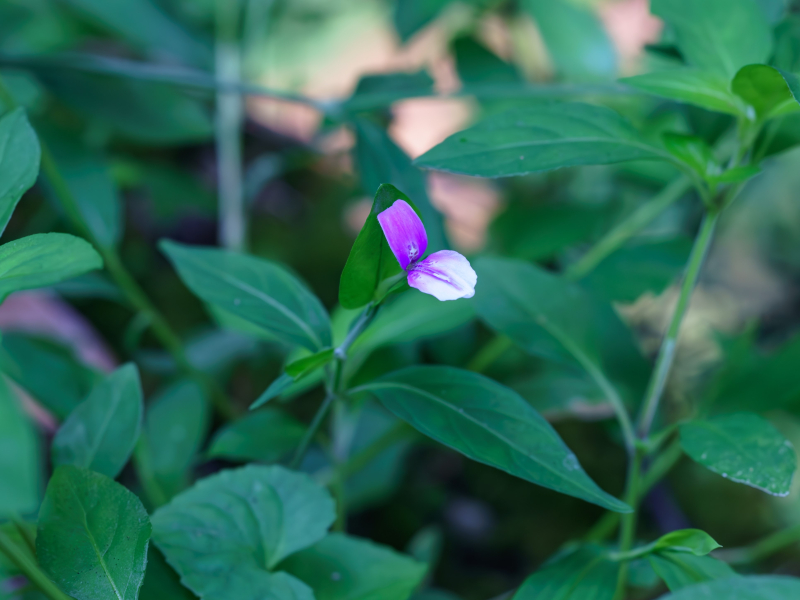
2025.07.15
クモラン
クモランが咲いています。ウメの古木などに着生するランの仲間です。葉は無く、放射状に広がる根に葉緑体を含み、光合成を行っています。和名はこの姿をクモに見立てたものです。
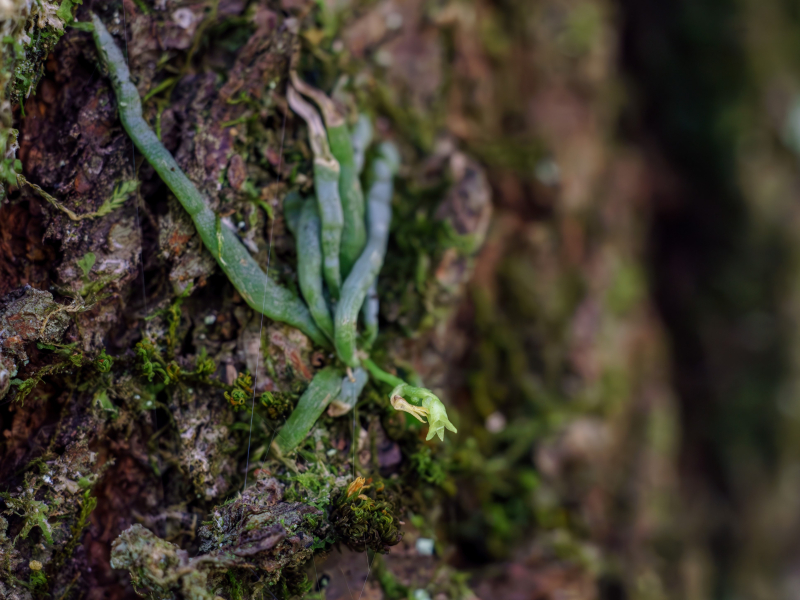
2025.07.11
トチバニンジン
トチバニンジンが咲いています。山地の林内に生えるウコギ科の多年草です。名前にニンジンとつきますが、野菜の人参(セリ科)の仲間ではなく、薬用植物として知られる朝鮮人参(高麗人参)の仲間です。

"Tochiba-Ninjin (トチバニンジン)" plants are in bloom. They are perennial plants in the Araliaceae family that typically grow in mountain forests. Despite the word "Ninjin" (carrot) in their name, they are not related to carrots, which are part of the Apiaceae family. Instead, they are closely related to ginseng.
2025.07.08
オオチドメ
オオチドメが咲いています。芝地などで普通に見られるウコギ科の多年草です。和名は、葉や茎を揉んで得られた汁を止血に用いたことに由来します。

"Oochidome (オオチドメ)" plants are in bloom. They are perennial plants in the Araliaceae family that commonly grow in grassy areas. The name “Oochidome” comes from their traditional use- juice extracted from their leaves and stems was used to stop bleeding.
2025.07.04
ナワシロイチゴ
ナワシロイチゴの実がなっています。日当たりのよい草地などに生えるキイチゴの仲間です。和名は、田植えの前に稲の苗を育てる場所である苗代(なわしろ)を準備する時期に実が熟すことに由来します。
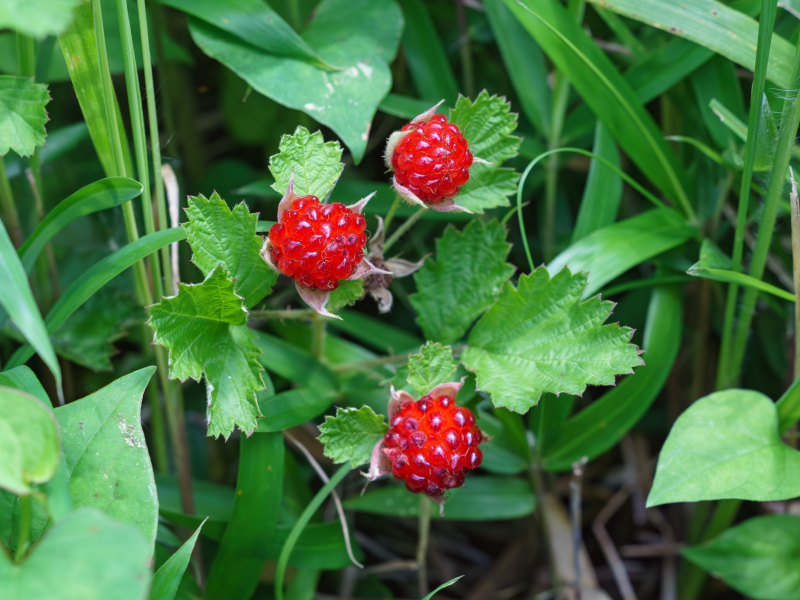
2025.07.01
タシロラン
タシロランが咲いています。光合成をしないで、養分を菌類に完全に依存しているランのなかまです。1970年代まではとても珍しいランだったそうですが、現在では分布を広げているようです。
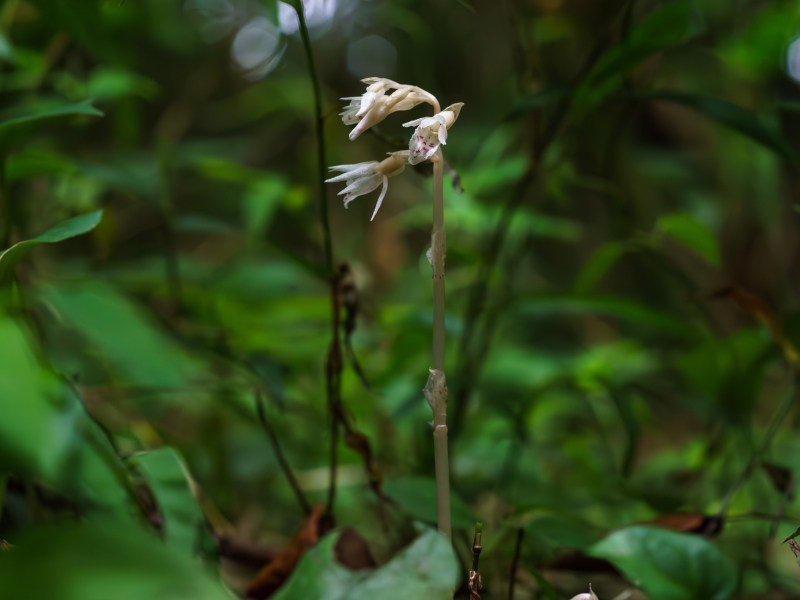
2025.06.27
ヒメヨツバムグラ
ヒメヨツバムグラが咲いています。日当たりのよい草地などによく見られるアカネ科の多年草です。名前にムグラとつく仲間は多く、互いによく似ていています。本種は比較的身近な場所でよく見られます。
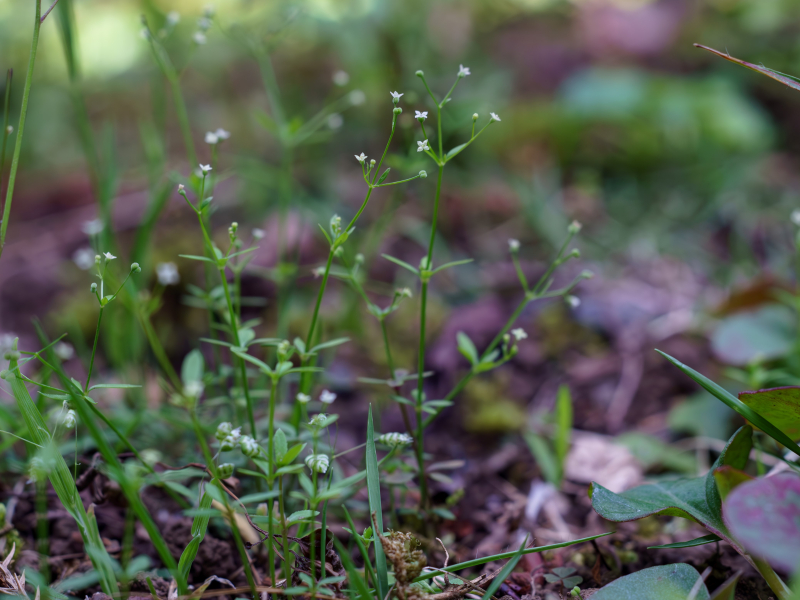
2025.06.24
ブタナ
ブタナが咲いています。ヨーロッパ原産の帰化植物で、タンポポに似た花を咲かせます。空き地などに真っ先に侵入しますが、周りの植物の草丈が高くなると姿を消していくようです。キャンパス内ではよく芝刈りがされる場所にかえってよく生えています。
